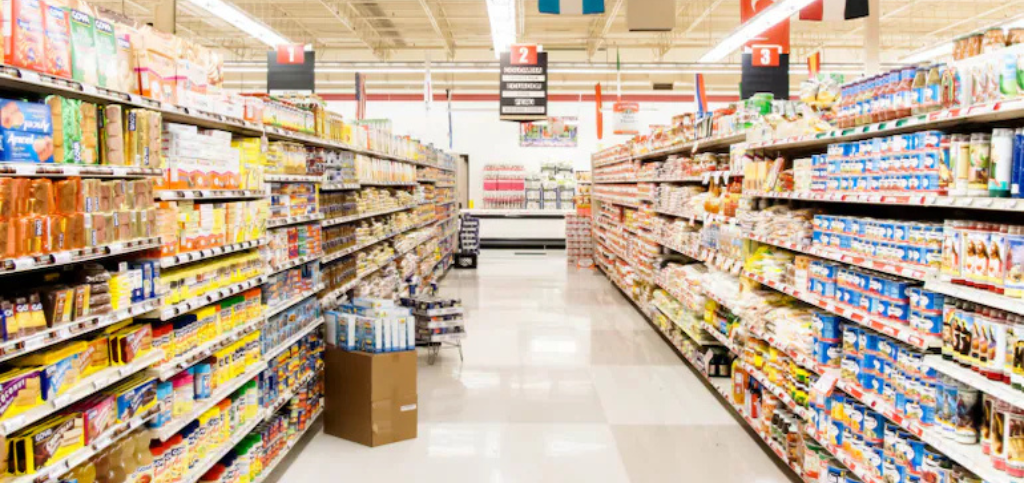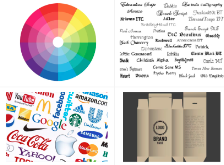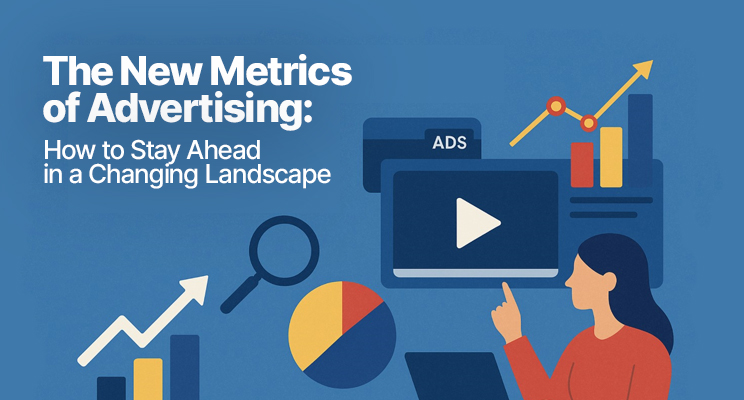
Packaging plays a crucial role in establishing a brand’s identity and conveying its core values to consumers right from the first point of contact.
Walking down a grocery store aisle, you are presented with numerous choices on the shelf. However, this abundance of choice may lead to decision paralysis, known as the paradox of choice. Packaging plays an even more crucial role in these situations. Packaging can mitigate the paradox of choice by serving as a tool to facilitate decision-making and guide consumers toward their desired product.
The colors, logo, visual imagery, font, and text styles create an identity for the brand. For instance, the colors evoke emotions, the logo creates brand recognition, the visual imagery enhances appeal and communicates the product features and usability, and the font and text styles convey information and contribute to the brand’s personality. When these elements are combined, they evoke an emotional response and perception of the quality and value that the consumers will derive from the product. By conducting extensive packaging research, brands can ultimately create differentiation and an emotional connection with their consumers.
An Overview of RSB’s Packaging Research Approach
Research techniques must consider that people respond to packaging design in various ways to assess the packaging’s effectiveness. This means that no single methodology can provide all the necessary insights.
This necessitates using multiple techniques to gain a comprehensive understanding of packaging. To maximize its impact, it is necessary to fully understand how each element of the design works independently and collaboratively with other elements to convey the overall design.

Visual elements: Design encompassing images, symbols, colors, and various graphical elements contribute to the visual aesthetics and communicative power of a composition.
Verbal elements: Textual information on the packaging includes the brand name, variant name, product description, ingredients, and claims.
Format elements: The components under consideration encompass the material utilized, textural qualities, shape, transparency levels, and other pertinent attributes.
The framework below comes into play when a client faces multiple packaging options or seeks to optimize packaging elements, providing invaluable guidance for developing a successful alternative.

Visual Impact: Eye-tracking technology can identify what elements of a design capture a person’s attention first, what has the most stopping power, how a design is navigated, what is actively considered and what is ignored, how long it takes for an element to be noticed, and how much time is spent on a particular element.
Semantic Appeal: Shelf scream exercises and user imagery mapping can help determine how a product’s messaging, including product information, benefit descriptions, shelf life, and nutritional content, resonates with a user’s rational needs.
Subconscious Nudges: Blindfold tests and semiotic analysis can uncover implicit associations, such as the shape of the packaging, texture, cultural codes, symbology, and semiotic language.
Imagery and Values: Certain elements grab attention and emotionally engage the audience by communicating brand values and personality.
A Summary of RSB’s Packaging Research Methodology:

Using semiotics, the study of signs and their meanings within specific cultural contexts, we analyze packaging in the category and adjacent categories. Our methodology involves market visits and desk research to closely examine all packaging within these categories, analyzing the semiotic meanings and cultural codes communicated in the market.
We identify the dominant symbols, the most commonly used symbols by brands within the category, and emergent symbols, which are unique symbols used by a select few brands, indicating a noteworthy shift in the category. We also identify residual codes, which are the codes of the past – leftovers from an earlier set of cultural values and usages.
In tandem, we employ portable eye-tracking glasses to administer a shelf test. Participants engage in simulated shopping, making purchase decisions, while a static eye tracker assesses individual test packs. This dual approach provides insights into attention distribution, the sequence of visual attention, and offers tailored feedback on packaging elements.
Following the test, we conduct an in-depth interview to gather individual feedback on pack elements. We also set up focus group discussions in a clinic format to discuss packaging and uncover emotional responses elicited by each design element, understand the perceived message about the product enclosed within the packaging, and identify the specific attributes each component accentuates. We then conduct a comparative analysis against competitors to pinpoint strengths and areas for improvement.
Finally, we transition into an ideation or brainstorming exercise, gathering valuable inputs for optimization.
For questions, comments, and inquiries, please contact: Natalie Hunter, VP & Partner, RSB Insights & Analytics, natalie@rsbinsights.com


